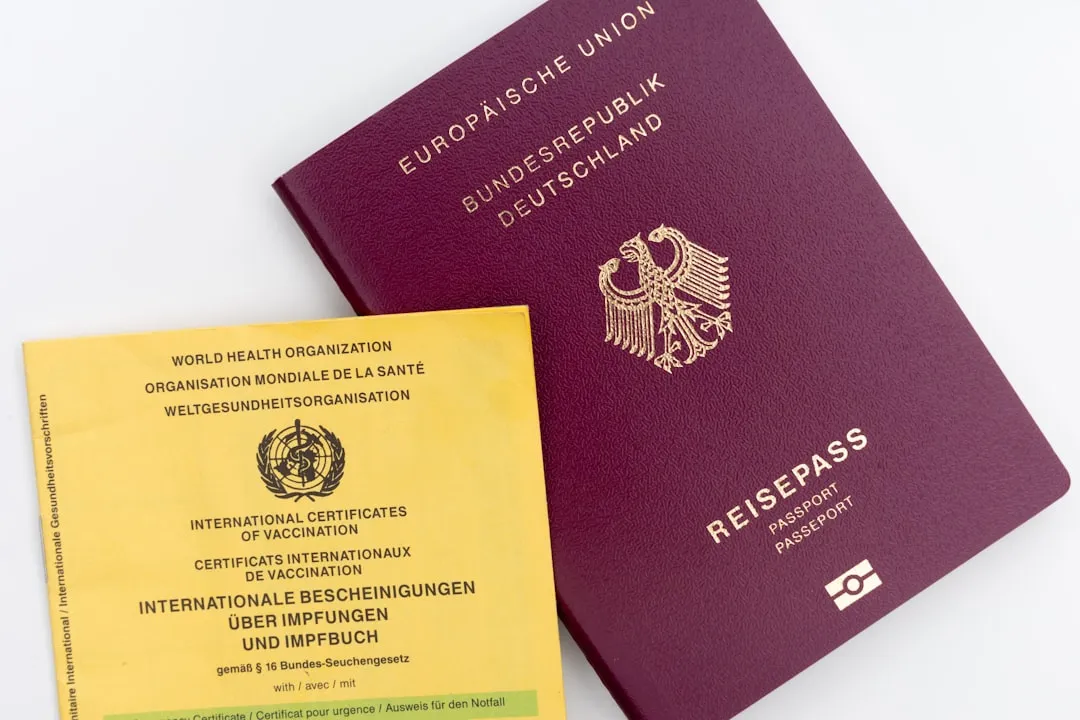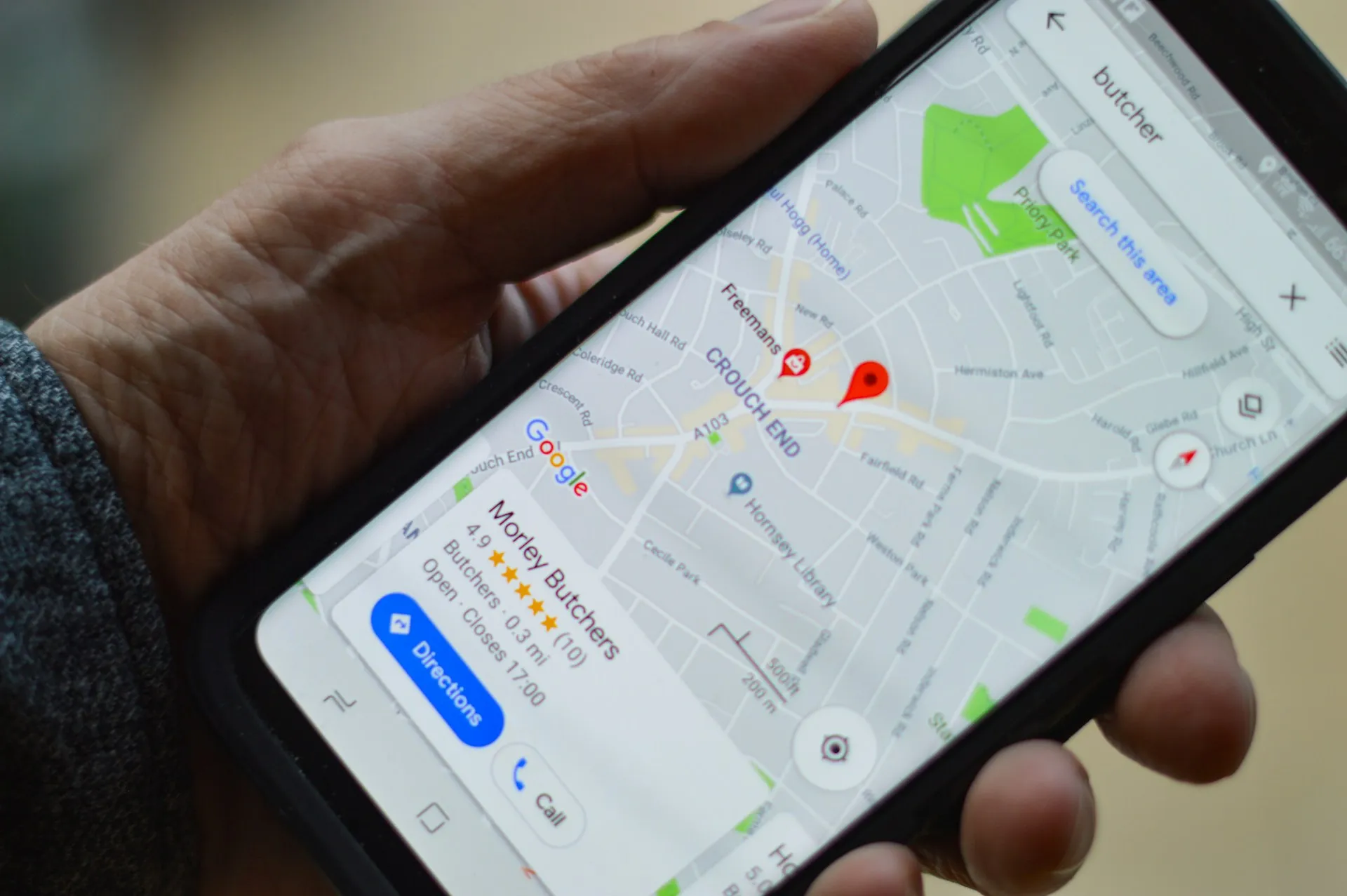When tech giants flex their app store muscles, whole communities feel it. The removal of ICE-spotting applications from Apple and Google (first widely reported on 2025-10-03) was not just another moderation call, it put the collision of technology, civil liberties, and corporate responsibility on center stage.
The ICEBlock application had achieved remarkable success, climbing to the top of Apple's social media App Store chart before facing removal. Its core feature was simple and potent, anonymous reports of Immigration and Customs Enforcement agent locations. Adoption was real, not theoretical, with approximately 20,000 users concentrated in Los Angeles where enforcement activity had intensified. It did more than collect dots on a map; the app sent location-based alerts when ICE agents were spotted nearby. It was a neighborhood text thread, but at scale. Which is why the removal hit like a switch flipped in the dark.
What this means for the future of platform governance
The coordinated takedown shows how quickly major platforms can choke off access to controversial, legally protected behavior. It also shows how fragile community tools are when their existence depends on corporate policy, not constitutional law.
Could the web route around this? Sometimes, but the guardrails are tight. PWAs are limited in functionality by Apple because it refuses to implement advanced PWA features in WebKit and refuses to allow apps to use other browser engines. Key pieces stay locked down, decent storage API was limited in iOS, and there is no mechanism for the user to save a web app analogous to saving a .exe file.
And for this category, one missing capability can be fatal. Mechanisms to run processes in the background and for inter-app communication are not available in PWAs. Yes, Mozilla's WebTransport is considered excellent for most socket-like use cases, but websites on the clearnet are easily taken down or blocked. Different chokepoint, same problem.
Looking ahead, the technical and legal frictions will shape what gets built. Facial recognition algorithms continue showing higher error rates for people of color, and critics argue that critics say tools like Mobile Fortify enable de-facto warrantless biometric surveillance absent clear judicial oversight. The debate over ICE-spotting apps is the opening chapter, not the epilogue.
ICEBlock's early success proved demand. The subsequent bans proved dependence on gatekeepers. So the next wave of community safety tech has two paths, find distribution that does not hinge on major platforms, or build enough public pressure to move those platforms. Until that shift happens, the gap between state power and community tools will keep growing.
























Comments
Be the first, drop a comment!